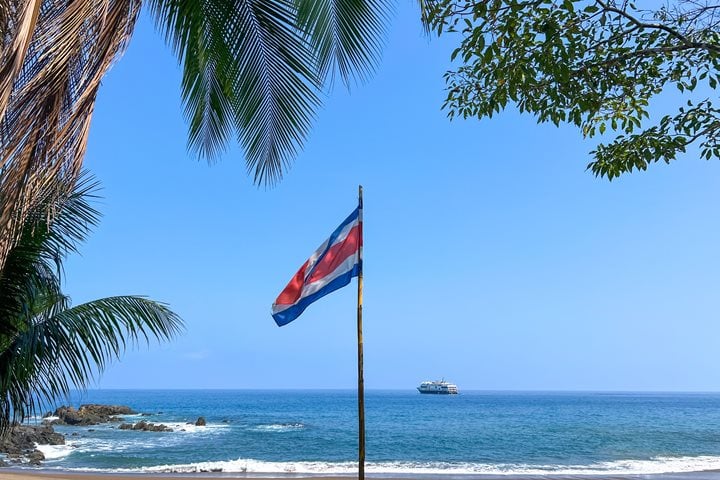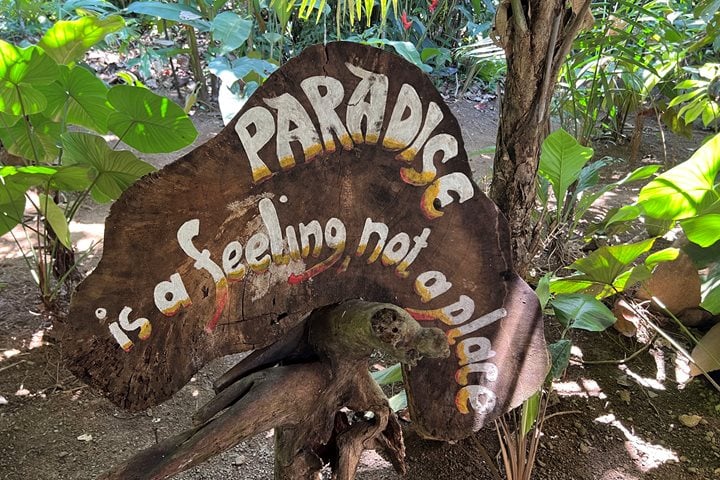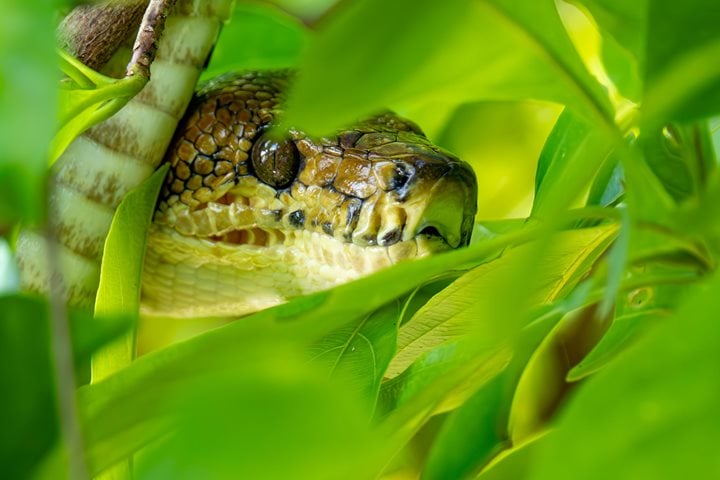After cruising during the night we arrived to a set of little islands called Otoque, Bona and Estiva in the northern side of the Panama Gulf. These little islands flank the entrance of the Panama Bay.
Early this morning Sokie gave her stretching exercises and a bit later, directly after breakfast we all began our exploration of Bona Island; the second in size of the three islands in sight.
There we had the chance to see the nesting grounds of brown pelicans, brown boobies, and magnificent frigatebirds. It was nice to enjoy the fresh breeze that at the same time allows an easy take-off for these big birds. This same wind also allows the magnificent frigatebirds to display their famous acrobatic maneuvering related with their kleptoparasitic behavior. All the while, some male frigatebirds themself showed off their incredible red gular pouch.
After everybody came back to National Geography Sea Lion our captain ordered to weigh anchor and head towards the area near Flamenco, where we did another stop.
This time our guests had the opportunity to disembark and walk the narrow streets of Taboga Island. Taboga is a historical and colorful town founded in 1524. We visited the oldest Catholic church still in use on the continent. Its construction started first made out of wood and later out of “argamaza,” a mix of rock and tile pieces cemented together on a very thick wall.
Erasmo Estripeaut, our Hotel Manager on National Geography Sea Lion led the group of guests through town and kindly invited everyone to share a refreshment at his house at the end of our exploration.
Back on board, we began our final approach to the entrance of the Panama Canal, where we anchored with the Bridge of the Americas on our left flank while on the right side we enjoyed the view of the impressive skyline of Panama City.
This city has grown dramatically in the last 12 years and much of it has to do with the importance of the Canal.







